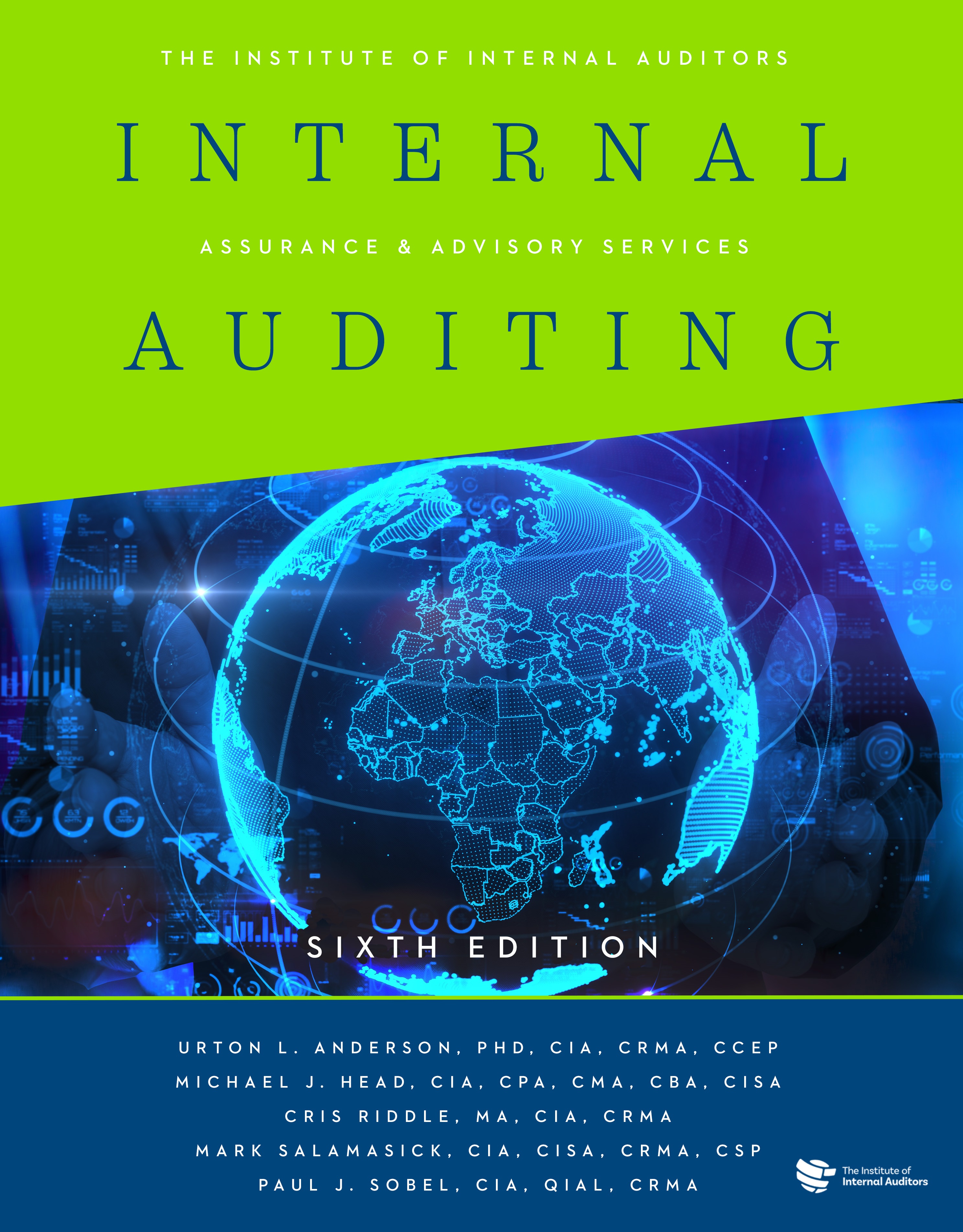 Internal Auditing: Assurance & Advisory Services, 6th Edition, is a comprehensive textbook designed to teach students the evolving global profession of internal auditing. Written through the collaboration of educators and practitioners, this resource serves as a cornerstone for internal audit education. It covers key fundamentals of internal auditing that can be applied in an ever-changing business world and is long considered an essential addition to every internal auditor’s bookshelf.
Internal Auditing: Assurance & Advisory Services, 6th Edition, is a comprehensive textbook designed to teach students the evolving global profession of internal auditing. Written through the collaboration of educators and practitioners, this resource serves as a cornerstone for internal audit education. It covers key fundamentals of internal auditing that can be applied in an ever-changing business world and is long considered an essential addition to every internal auditor’s bookshelf.
The 6th edition features online student and instructor tools, including case studies, videos, editable documents for performing end-of-chapter exercises, and Protiviti’s KnowledgeLeader®. Instructors also have access to supplemental teaching materials upon request.
Source: theiia.org
To access this textbook's KnowledgeLeader practice cases, please log in.